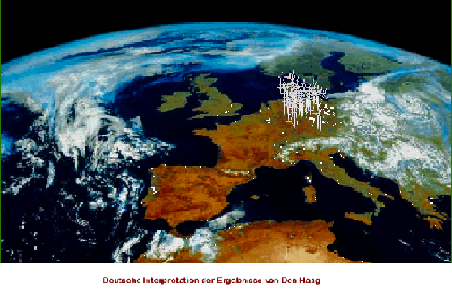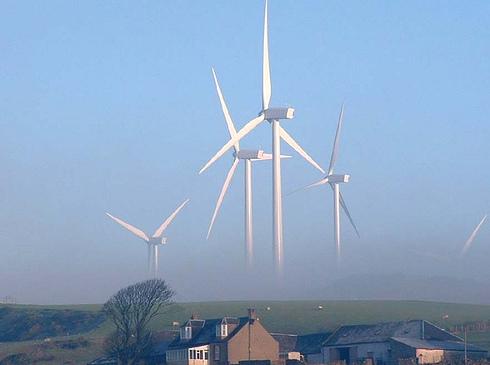| The wind farm fiasco |
(3978) |
| ARTICLE UNDER CONSTRUCTION |
.
.

Germany has over 20,000 wind turbines. They cost, in subventions alone, nearly 4 billion euros annually. Yet Germany has not reduced its CO2 emissions by a single gram. Besides, the government has approved the construction of 26 coal-fired power plants for the days without wind. Throwing money out the window is what governments do best. They have shown, time and again, their inability at picking winners.
Wind farms are a disaster in the making.
A) AN ECONOMICAL DISASTER
It’s been about 30 years since the first windfarms appeared, and they are still uneconomical despite all the technocological fixes they could find. They need large subventions, which roughly double the price of this electricity in comparison to the market price. The taxpayer foots the bill now, but with time the cost will be transferred to the consumer.
To this we must add the cost of the transmission lines, to link each wind farm to the grid that distributes electricity across the country. The grid itself must be updated in many cases, to accommodate this new form of energy caracterized by wide and uncontrolable variations.
And then there is the cost of backup : 1) the cost of constructing the fossil fuel power plants that are needed for when there is no wind, and to regulate its variations when there is. 2) the cost of the fuel used when these plants are spinning in stand by, ready to go into production when the wind speed decreases.
All in all, the electricity produced by windfarms costs about 3 times as much as conventional generation.
Can we afford this, at a time when China and India are stealing our jobs thanks to cheap labour and cheap electricity ? How much more unemployment can we afford ?

Wind farm built in a Special Protection Area for stepparian birds in Aragon province, Spain. Can you imagine a flock of cranes landing in what is their usual wintering area, at night as it often occurs ? The turbine blades can reach speeds of up to 200 mph at the tip - see ---> Chilling Statistics
B) AN ECOLOGICAL DISASTER
1) - Wind farms kill millions of birds world-wide. Three studies from the Netherlands, Belgium and Spain concur over an average bird kill of more than 20 birds per wind turbine per annum. Later studies financed by windpower interests have tried to reduce this estimate, but they lack in credibility. Real birdkill statistics may be found in Mark Duchamp’s papers on the Iberica2000 website : www.iberica2000.org/Es/Articulo.asp?Id=1228
At some locations where bats are present in numbers, the wind turbine blades kill even more bats than they do birds. It would seem that these small mammals are attracted to the vibrations wind turbines produce t certain speeds. A video shows them investigating the wind turbines, and being killed by them : www.iberica2000.org/Es/Articulo.asp?Id=3729
2) – Wind farms destroy precious wildlife habitat, and cause it to be even more fragmented than it is presently. As land is cheap in natural reserves and other areas where building is prohibited, this is where windfarm developers often manage to obtain permission to place their contraptions. Throughout Europe, many Important Bird Areas and Natura 2000 areas are being invaded by the bird-killing monsters.
3) - Wind farms cause numerous fires, as their tall steel masts attract lightning. Short circuits also happen, and in both cases the hundreds of liters of lubricants contained in the nacelle catch fire. One can find many pictures of wind turbines on fire on Internet : http://www.iberica2000.org/documents/eolica/PHOTOS/FIRES/
4) - Wind farms contaminate the surrounding vegetation when their blades are cleaned from oil and insect deposits, which over time cause a paste that reduces the blades performance.

People living near windfarms develop a feeling of opression that is easily understood looking at this picture from Spain.
3) A HUMAN DISASTER
( under construction )
Mark Duchamp ........................................ 16 April 2009
| Insertado
por: Mark Duchamp (14/04/2009) |
| Fuente/Autor:
Mark Duchamp |
Valoración
Comentarios
|
